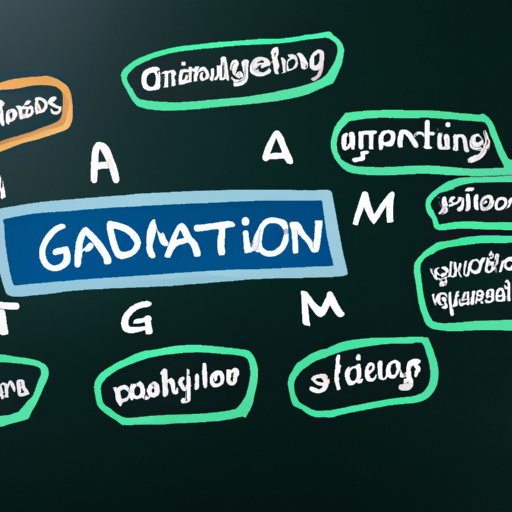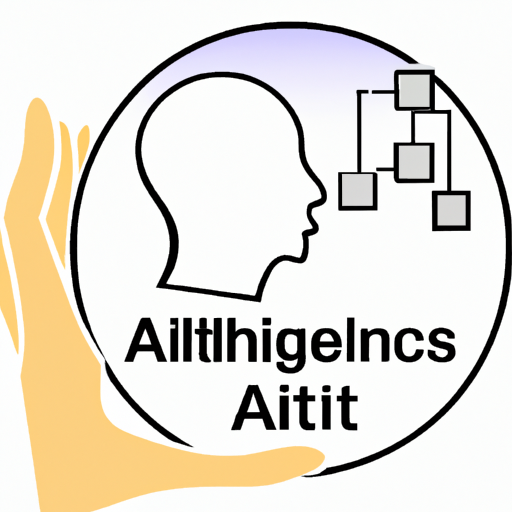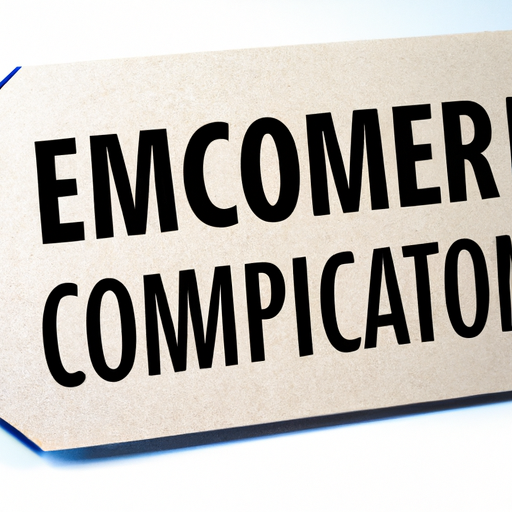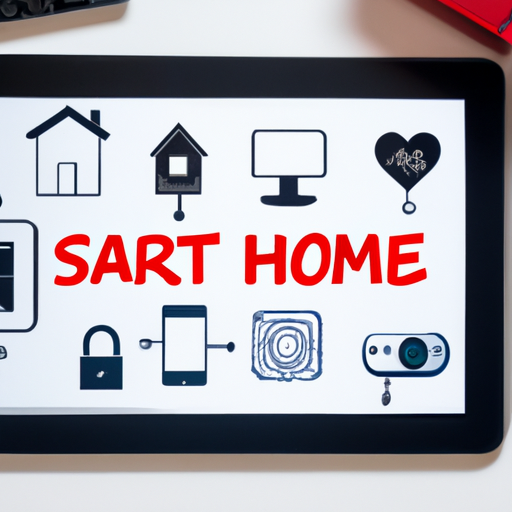In the digital age, traditional educational methods are increasingly being supplemented by innovative strategies to engage students and improve their learning outcomes. One of the most effective trends is gamification in education. This approach uses game design elements in non-game contexts, like classrooms, to motivate and enhance student learning experiences.
What is Gamification?
Gamification involves integrating game mechanics into educational environments. By using elements such as points, badges, leaderboards, and challenges, educators can create a more dynamic and participatory learning atmosphere. The main goal is to harness the intrinsic motivation that games provide to improve student engagement.
Benefits of Gamification in Education
Gamification offers numerous advantages that can transform the educational landscape:
- Increased Engagement: Gamification captures students’ attention and keeps them focused on learning activities longer than traditional methods.
- Immediate Feedback: Game mechanics provide instant feedback, allowing students to understand their progress and areas for improvement.
- Encourages Collaboration: Many gamified systems promote teamwork and collaboration, helping students to work together towards common goals.
- Skill Development: Gamification can help develop critical thinking, problem-solving, and other essential skills in an enjoyable manner.
- Fosters a Positive Environment: The fun and competitive aspects of gamification can reduce anxiety and create a more positive classroom atmosphere.
Implementing Gamification in the Classroom
To effectively implement gamification in education, consider the following strategies:
- Define Learning Goals: Identify clear objectives and ensure that the gamified elements align with these goals.
- Choose Appropriate Game Elements: Use points, badges, missions, and levels that resonate with your students’ interests and learning styles.
- Incorporate Technology: Leverage educational technology tools and platforms that facilitate gamification, such as Kahoot!, Classcraft, or Google Classroom.
- Encourage Student Input: Involve students in the design of the gamification process to enhance their buy-in and interest.
Conclusion
Gamification in education is not just about making learning fun; it is about enhancing the educational experience through innovative techniques that boost engagement and motivation. As educators, embracing gamification can lead to improved student outcomes and a more stimulating learning environment. By integrating game elements thoughtfully and effectively, we can pave the way for a new era of engaging education.
Start your gamification journey today!




